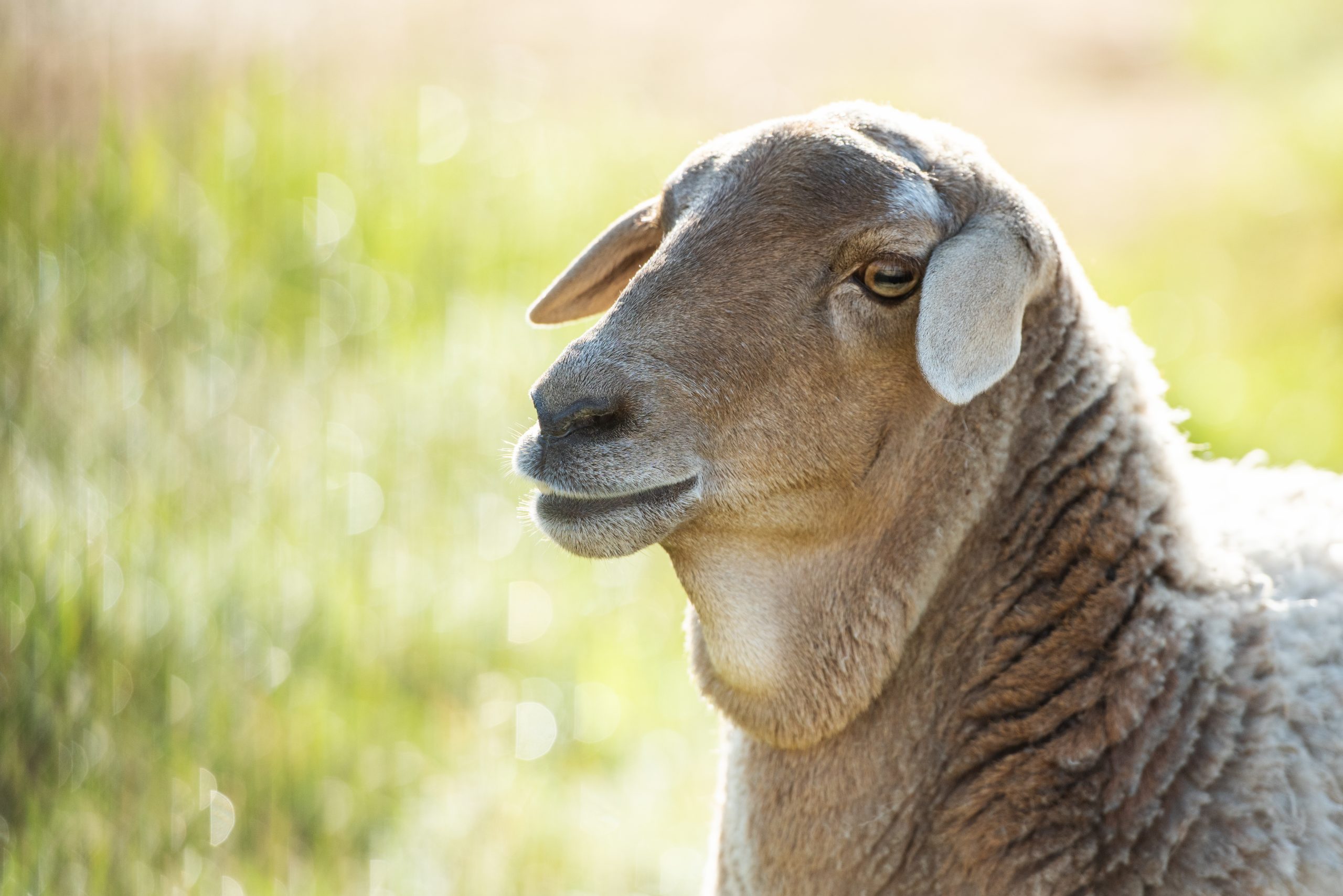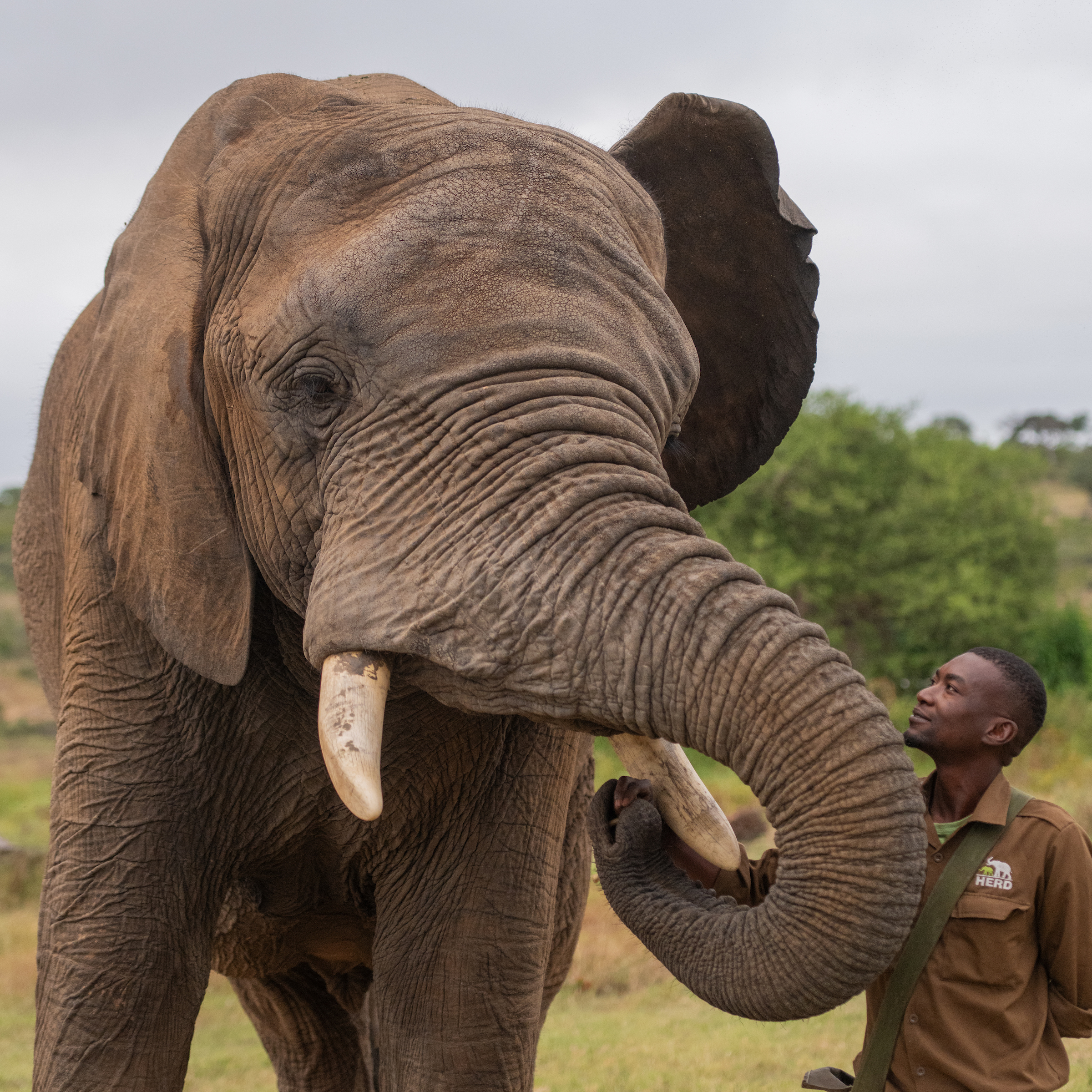Elephants & Their Families: The Importance of Social Structures Within a Herd
Every elephant needs a herd
For an elephant, there is nothing quite as important as the love provided and bonds created by their families. These phenomenal mammals depend extensively on one another, not only for protection and survival but also for the emotional connections that are crucial for any elephant to thrive.
The importance of family
While most of us are familiar with the terms ‘herd’, ‘allomother’, and ‘matriarchs’ when it comes to elephant families; these intricate social structures often run much deeper, resulting in the formation of the lesser-known ‘Bonds’ and ‘Clans’.
The basic family unit in a herd of elephants, with anywhere between 6 and 20 members, consists of the matriarch and her calves and grand calves. Female elephants generally stay with their herds for life, but this isn’t the case for elephant bulls. Upon reaching puberty between ages 12 to 15, the elephant bulls become more independent and leave their herd completely, after which they will either roam alone or find a loosely-knit group of male elephants to join. As a result of this, separate female herds and male herds are formed. These groups rarely meet up with each other and their encounters are generally limited to breeding.
The elephants’ social structure can be compared to our own, with calves requiring a lot of special attention and taking between three to five years to wean. Young elephants remain dependent on their mothers and family members for years, all the while learning integral skills to pass along to the next generation.
A herd’s matriarch plays a vital role in their overall development, protection, and wellbeing. The matriarch receives her position as a result of her leadership abilities, knowledge, and skills. She leads her family, sourcing water in dry months, ensuring the young are well cared for, and providing protection when difficult situations arise.
Elephant bull dynamics
While female elephants focus on raising and nurturing the future generation, elephant bulls are more concerned with creating them. However, they have a long way to go before this can be achieved, as bulls under 30 years old seldom mate successfully as they are usually chased off by a more senior male.
Bond groups
Should resources be limited, a herd of elephants may split up into separate families in order to spread out and sustain themselves. These smaller groups are related genetically and form what is called a bond group, which is the second tier of relationships in elephant society.
Elephant clans
The size of an elephant herd will depend largely on the resources available to them. When food and water are readily and consistently available, elephants who usually share a dry season home range may gather in large groups called clans. These clans may consist of different bond groups and families and both female and male herds.
A unique herd
Having now read about the social structures of elephant families, you may be wondering why the Jabulani herd seems to differ in many of these areas. The females and males of the Jabulani herd live together harmoniously and many of the bulls demonstrate kindness and protectiveness of the calves.





Imranbek DJUMAKULOV
I love this site mostly for the information
Ellie Fern
I had to do a book about elephants for school, and this really helped me understand it for my section called "Family Reunion!"
Marie Claude Recchia
Thank you for sending this very thourough review on the social structures of the Elephants within an Herd and within the Jambulani Herd It was of utmost interest and I have really appreciated knowing more about the hierarchy within the Herd and specially the fact that the predominance is agreed upon qualities shown and not through the size